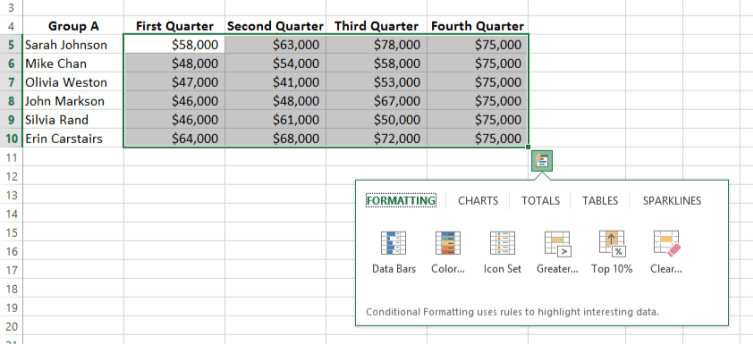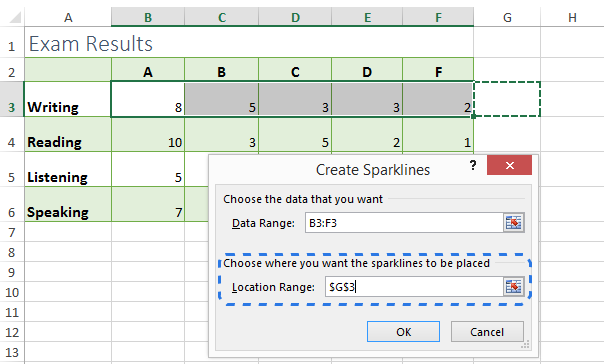

Dimensions typically hold discrete data, such as categories or hierarchies, that cannot be aggregated. Under Chart Settings, select the desired chart type from the dropdown menu and then follow the instructions in the middle of the window.Įach column in your query's data is categorized as either a measure or a dimension based on the data it contains.ĭimension: Data that is typically qualitative and gives context to one or more measures (e.g., sales territory, customer ID, customer segment, etc.).On the left side of the report editor, find the query with the data you want to visualize and click the New button under it.Mode includes a number of built-in charts that you can quickly build on top of query results and add to your reports. A third option is to show column/row gridlines, and to show row numbers Chart By altering row heights on larger data sets, users can make more rows appear at once and reduce the amount of scrolling needed to navigate the data set. Another option is the ability to alter row heights to standard, compact, and open. These alternating row colors tend to make Tables more presentable to end users. One potential option is to display the table with alternating row colors. It is worth noting that any sorting/formatting options you select will persist beyond your current session and will determine how the Table appears on the Report page. You can access these options by clicking on the “Format” section directly to the right of the “Field” section. Moreover, there are many formatting options that can be applied to table as a whole. In addition to formatting the columns, you can also adjust the column width by clicking on the “Size" to fit" dropdown located on the top header of the Chart Editor page and selecting "Manually size"

A third option is to create URL links from string entries. Another option is to display date entries as Mon Year, Year-Mon-Date, and Date and Time. One potential option is to display numeric data as currency or percent, and to increase/decrease decimal places. You can access these formatting options by clicking on the “Format” dropdown located on the top header of the Chart Editor page. Once you construct your table, there are many formatting options that you can apply to individual columns. Further, you can add columns that you wish to be used as filters under the “Filters” section. You can do this by dragging desired columns from the “Dimensions” and “Measures” fields over to the “Columns” section under the “Chart Settings” interface. Once you arrive at the chart editor page, a solid first step is to begin constructing your table. From there, you select the “Add chart” option, and as with the first method once you land on the chart editor page the default chart selection is Table. Once you land on the chart editor page, the default chart selection is Table.Īnother option is to find the query with the data you want to display and click the green + button under it. One option is to click on the green “Add Chart” dropdown in the query editor page.

You can create new tables in many different ways. Tables display data in a format that is both customizable and easily digestable for end users.

To manage built-in charts and tables in the report editor, locate and hover over the visualization's name on the left side of the report editor and click the More button to: Mode reports offer a number of built-in charts and tables that can be quickly built on top of query results. Mode offers a number of options for building visualizations, including the ability to take your analysis even further using Python / R or using any type of custom visualization using JavaScript (e.g., D3). After using SQL to gather, structure and analyze all of the necessary data for your analysis, you can build visualizations on top of that data.


 0 kommentar(er)
0 kommentar(er)
